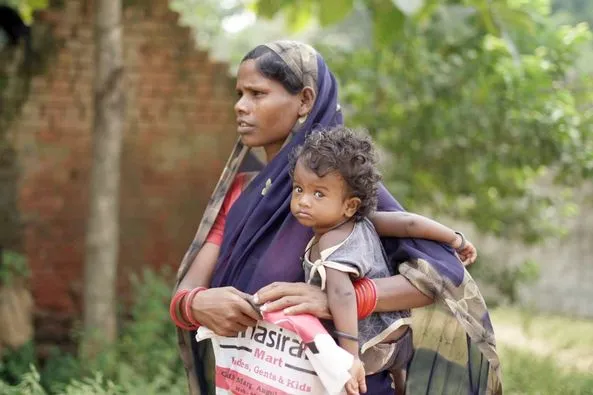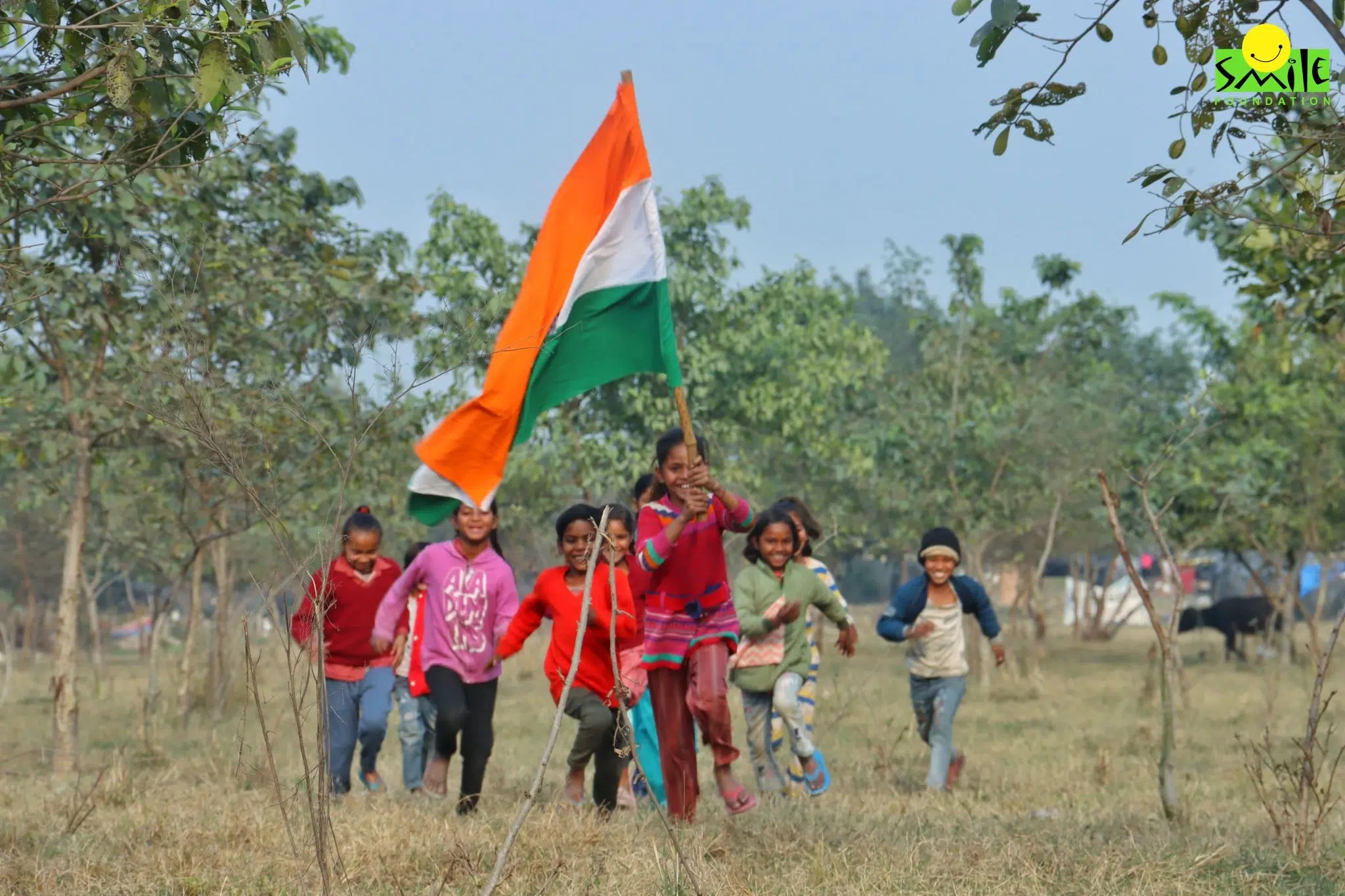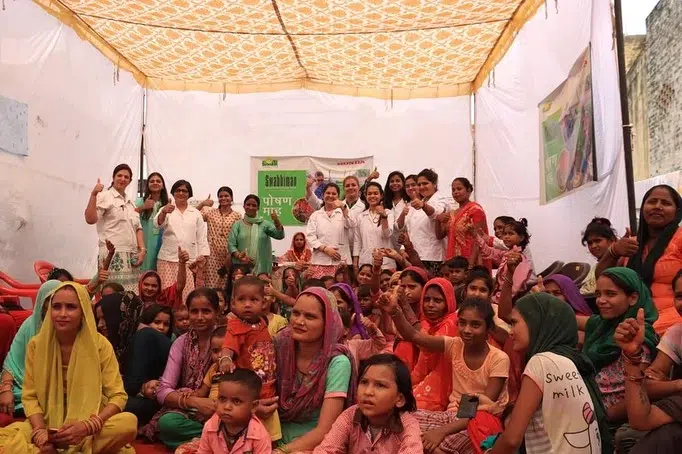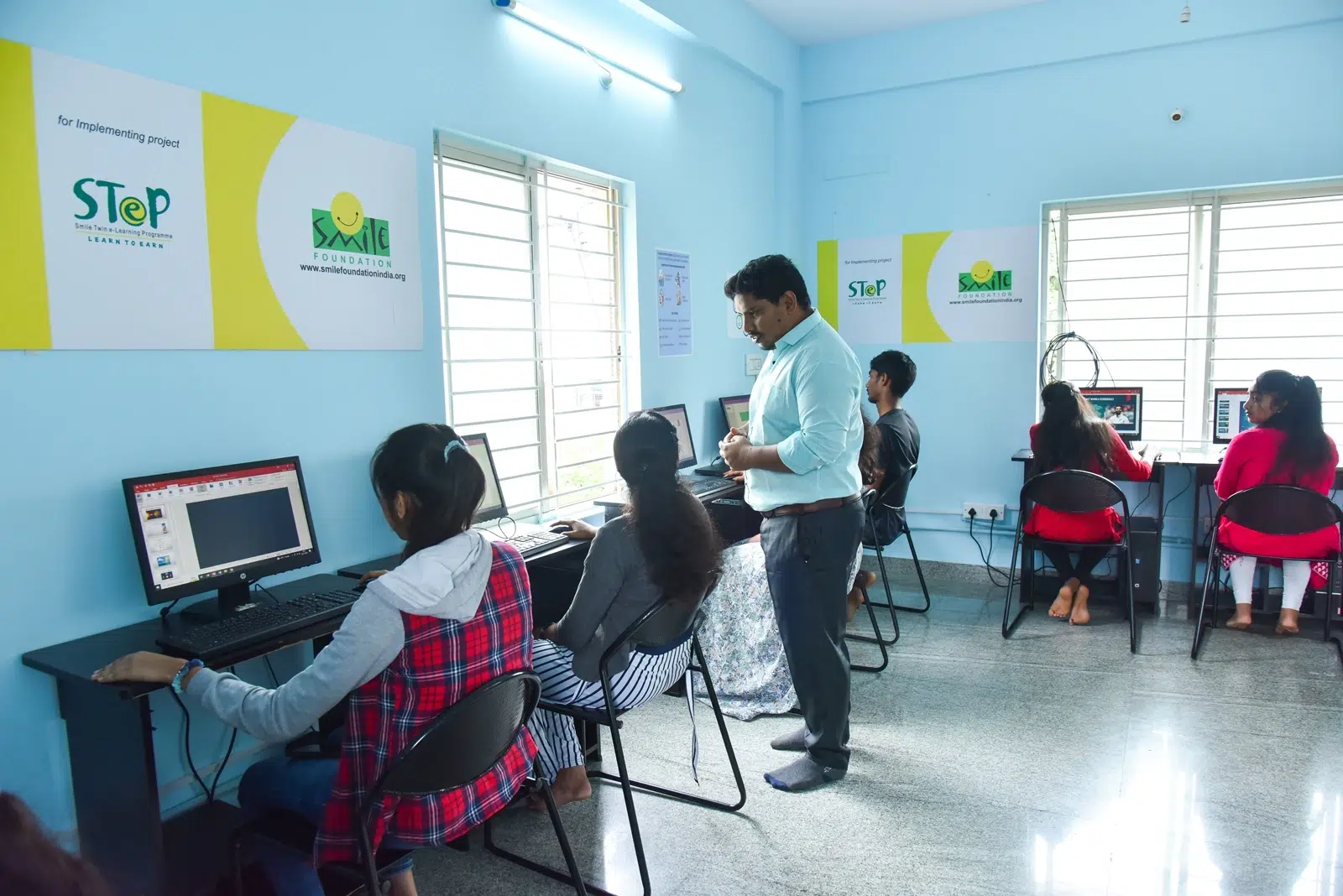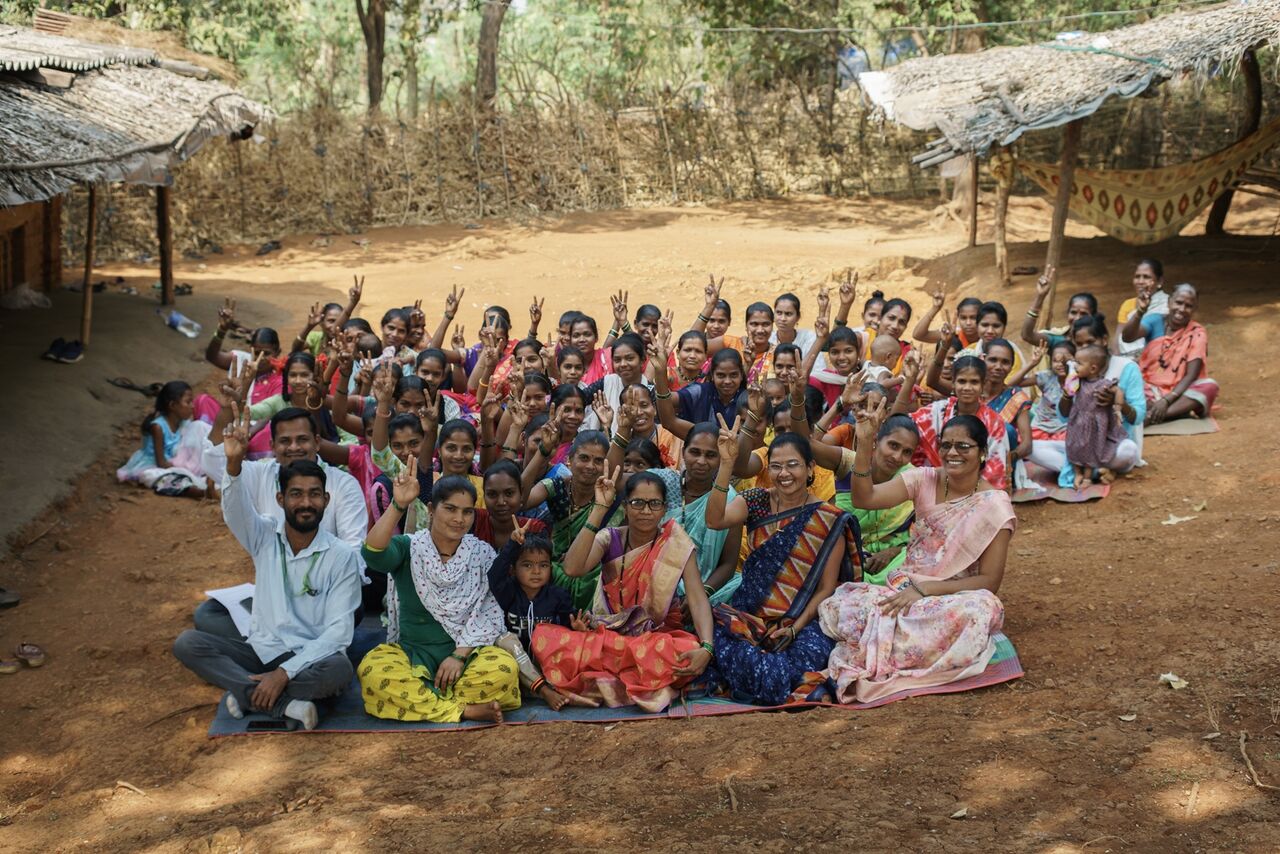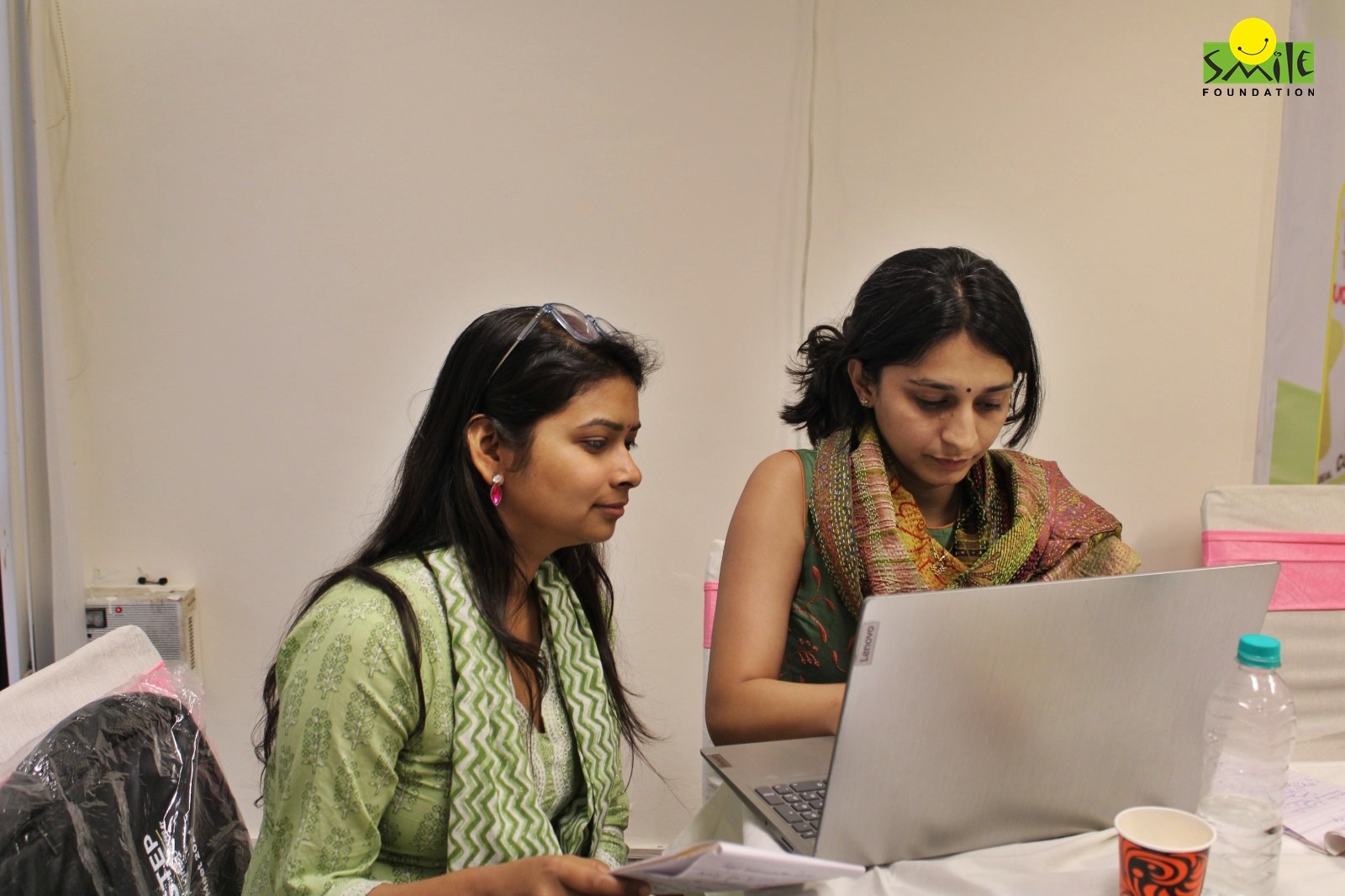According to the National Family Health Survey—5, in India, the prevalence of anaemia among women is 57 percent and 52.2 percent among pregnant women, compared to 27 percent among boys. Similarly, among adolescent girls, the prevalence of anaemia is higher at 52.2 percent compared to 31.1 percent among boys.
As per the World Health Organisation, anaemia is a disorder in which the number of red blood cells or haemoglobin concentration within the red blood cells is below normal, resulting in the blood’s decreased oxygen-carrying capacity. It is estimated that globally, about 50.3 million years of healthy life are lost due to disability (YLDs) due to anaemia (data from 2019), and most of these cases are from South Asia, Western Sub-Saharan Africa, and Eastern Sub-Saharan Africa. Amid this, women are disproportionately affected by anaemia. They are more prone to blood loss due to heavy menstruation bleeding, pregnancy, poor ante-natal care, and deficiency of nutrition, creating a low haemoglobin concentration.
For women in developing countries with low and moderate income, anaemia is a leading cause of illness in women, especially those who are of reproductive age.
Anaemia : Impact on Women
Anaemia can have a significant and more considerable impact on a woman’s physical, mental, and even learning outcomes. Fatigue, weakness, and shortness of breath are anaemia’s most prevalent physical symptoms. These can cause sadness, worry, and a lower quality of life, making it difficult for women to do daily tasks and jobs. Additionally, headaches, pale complexion, irritability, and a fast heartbeat are other symptoms of a woman being anaemic. Among pregnant women, anaemia can cause low birth weight, premature delivery, developmental delays in the foetus, and maternal mortality. Over the years, anaemia has also been linked in studies to memory issues and poor cognitive performance. These mental and physical impairments greatly influence a nation’s economic growth.
Further,
- Challenges in Pregnancy
Women are birthgivers. Future mothers are women who bear children. Women who have iron deficiency anaemia during pregnancy may experience fatigue and weakness. Haemoglobin, a protein found in red blood cells that transports oxygen to tissues, is made by our body using iron (Fe). Because of the increased blood volume during pregnancy, a pregnant woman’s need for iron also rises. Iron is needed by the body to make more blood, which is necessary to give the infant oxygen. A woman may develop iron deficiency anaemia if she does not get enough iron during pregnancy or if her iron stores are inadequate.
Premature birth (before 37 full weeks of pregnancy), low birth weight, severe postpartum depression, and an increased chance of child death (based on research) before or right after birth are all risks associated with severe iron deficiency anaemia during pregnancy.
- Challenges to Cognitive functionality
It’s critical first to establish cognitive functions in order to understand how anaemia impacts them. Our cognitive functions include memory, attention span, learning skills, reasoning ability, and problem-solving skills, all of which dictate the functioning of our daily lives. When anaemia becomes severe, it can significantly impact these cognitive abilities.
Anaemia raises the risk of dementia and moderate cognitive impairment (MCI), among other cognitive disorders. Studies have shown that individuals with anaemia are almost 40% more likely to experience cognitive decline compared to those without the condition. This is mainly due to chronic brain hypoxia, which occurs when low haemoglobin levels reduce oxygen delivery to the brain. Over time, this oxygen deficiency can lead to structural changes in the brain, further affecting cognitive function.
For women, who are more vulnerable to anaemia, these cognitive dysfunctions can also disproportionately impact their economic growth. According to earlier research, iron deficiency anaemia causes cognitive and physical impairments, costing developing nations up to 4.05% of their GDP annually. In absolute dollar terms, the losses in South Asia are significant, with close to $4.2 billion lost annually in Bangladesh, India, and Pakistan. The losses associated with iron deficiency anaemia amount to about 1.2% of GDP in India.
Addressing nutrition needs in a woman’s life
Malnourishment as a newborn can cause anaemia in adolescence, which can worsen during pregnancy. As a result, when attempting to treat anaemia in women and adolescents, programs should also include solutions for reduced breastfeeding and dietary supplements for girl children.
Further, gender bias against girl-children often limits access to nutritious food in a family. Strong preferences for male children over female often leave them in need of proper care through food and hygiene. Hence, smart behaviour change communication is required to nudge parents towards ga ender-equal mindset.
Interventions must also consider several patriarchal social norms that dictate women’s lifestyles on a day-to-day basis. One must understand that to date, in traditional Indian families, women eat last and least, husbands or families determine the necessity for prenatal care, and women continue to obtain permission before attending a healthcare facility due to a lack of economic freedom. All of these factors limit women’s agency and contribute to malnutrition. While behaviour changes, communication for medicine adherence and awareness of anaemia as a severe condition are required, such approaches must also address harmful societal norms.
Efforts to reduce the prevalence of anaemia
Efforts to reduce the prevalence of anaemia
Anaemia is a preventable and treatable condition, and early detection plays a crucial role in improving health outcomes. Over the years, Smile Foundation has been dedicated to enhancing maternal and child health through various impactful interventions.
In a recent collaboration with PepsiCo India, Smile Foundation’s Swabhiman Programme introduced a Mobile Medical Unit (MMU) to provide essential healthcare services to women and girls from underserved communities. This initiative ensures accessible medical care while addressing critical health challenges.
The MMUs serve as a lifeline, offering nutritious food to women and children, facilitating early anaemia detection, enabling immediate medical interventions, and raising awareness about nutrition. Additionally, the programme educates communities on affordable, healthy diets, empowering them to make informed dietary choices.
Alok Srivastava, Plant Head – Kosi, PepsiCo India, expressed the company’s commitment to community well-being, stating:
“The ‘Pink Smile’ project embodies PepsiCo India’s ‘Partnership of Progress,’ where we collaborate with organisations like Smile Foundation and local bodies to create a meaningful and lasting impact. This initiative is not just about combating anemia and malnutrition; it is a step towards increasing health literacy, enabling women to make informed decisions about their health and overall well-being.”
Through strategic partnerships and unwavering commitment, Smile Foundation continues to create sustainable change, ensuring that healthcare reaches those who need it most. Partner with us to make a difference that actually benefits the lives of those in need.



